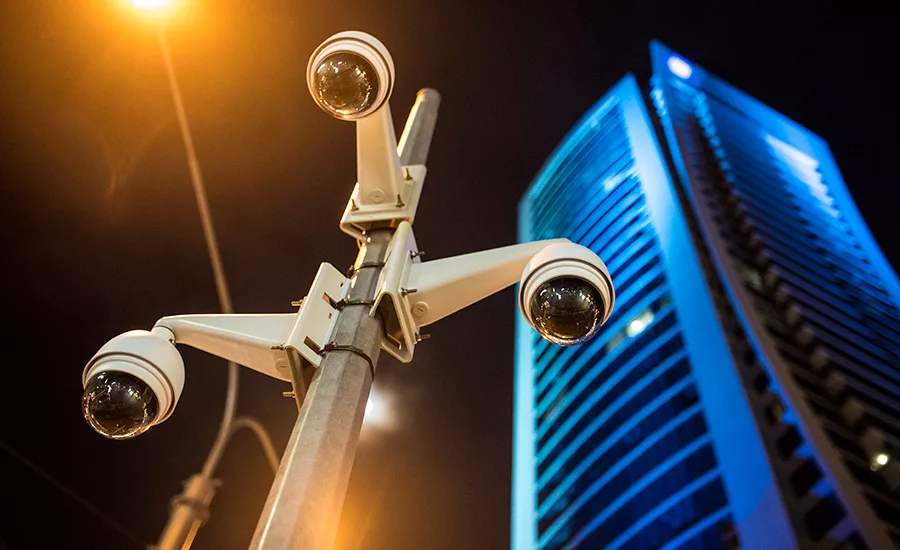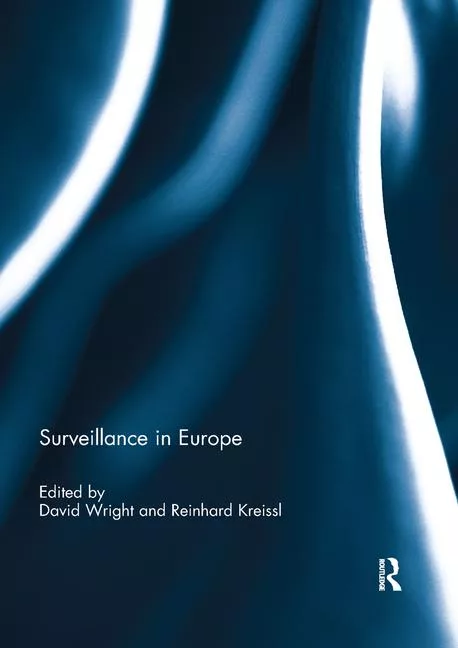Research Reveals How China and Russia Approach Surveillance

New research suggests China and Russia approach surveillance technologies differently.
The report defines the Chinese and Russian models of information control and traces the export of filtering/surveillance technology and techniques to 110 countries. The report analyses what the resulting benefits of diffusion are for Beijing and Moscow and what impact the export of filtering/surveillance technology and techniques has on citizens across the globe.
"The tools being imported from Russia and China are sophisticated - CCTV cameras with facial recognition technology, smart national identity cards, and intelligent databases for governments," says the report.
"Beijing’s and Moscow’s information control technology and techniques have gone global. They have impacted small island nations in the Caribbean such as Antigua and Barbuda, with a mere 80,000 and 100,000 inhabitants, respectively, and a country with a sizeable population of over 1 billion in South Asia (India). While journalists from the Bahamas, Lesotho, and Peru participate in propaganda training in Beijing, Chinese surveillance gear is used in a military command in the East of Brazil, and in Jordan’s House of Parliament. Russian surveillance equipment, for its part, is deployed in bordering countries like Belarus, Kazakhstan, and Ukraine as well as farther abroad in states like Algeria, Cuba, Mexico, and Palestine," says the report.
"Russia started laying the legal foundations for its extensive surveillance framework in 1995 with the Law on Operational Investigations, which allowed the Federal Security Service of the Russian Federation (FSB) to operationalise its online surveillance system — also known as SORM, the System for Operative Investigative Activities. SORM-1 focused on intercepting phone and mobile calls. To cope with increasing internet penetration, SORM-2 was set up to monitor internet traffic. Later, SORM-3 added more capabilities to the existing surveillance system, such as monitoring of social media and Wi-Fi," notes the report.
"Compared to Russia, China has more options to monitor its citizens, because surveillance equipment is pervasive in modern Chinese society. In Xinjiang, for example, citizens are constantly monitored through a combination of intrusive apps, facial recognition cameras, and other types of technology. Surveillance equipment has been deployed widely across society. This is visible in the Chinese education system, where pupils are monitored through facial recognition systems in classrooms and their whereabouts are traced by bracelets that record their geolocation. Although this monitoring is carried out by schools, the government supports such deployments through the “intelligent education” initiative," states the report.
Looking for a reprint of this article?
From high-res PDFs to custom plaques, order your copy today!







